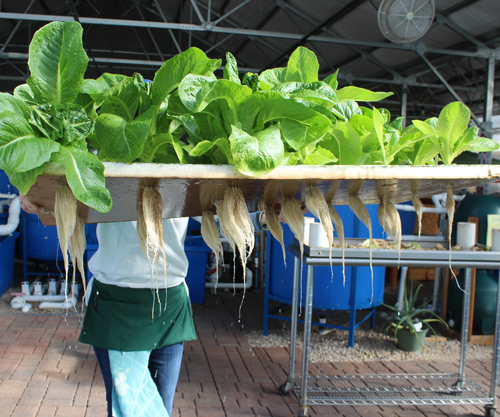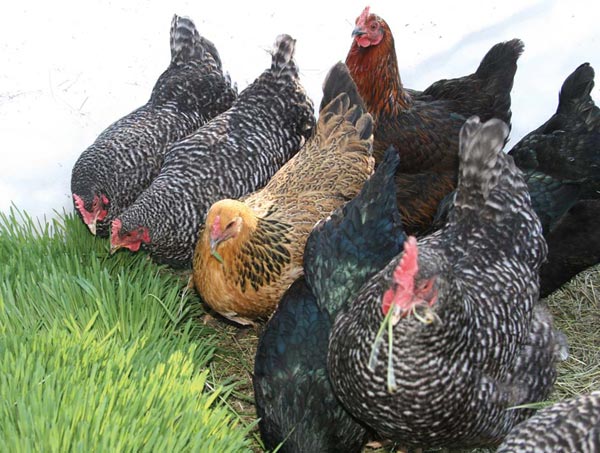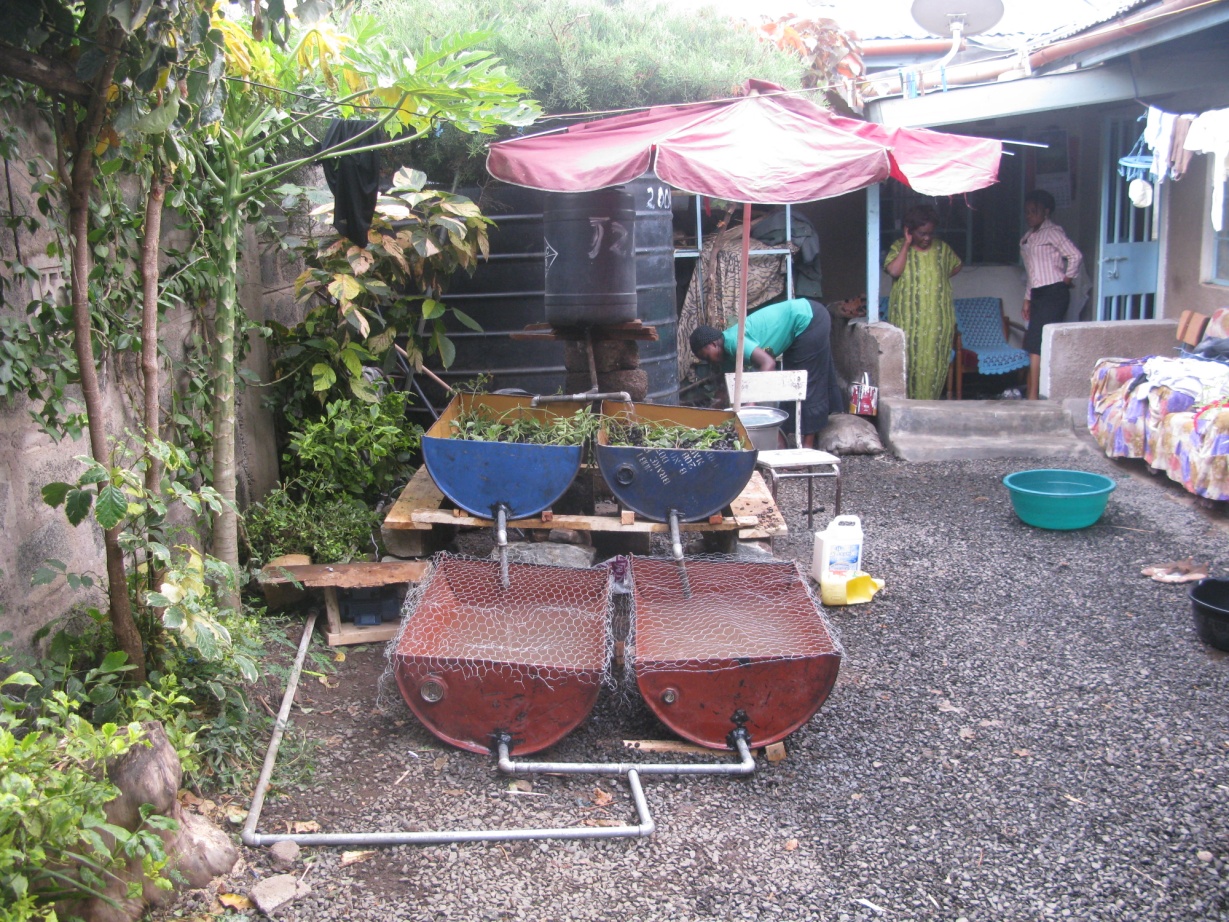
There are some stories that you just have to witness for yourself in order for you to believe them. What if I came up to you and told you that there is a guy in Thika who has beehives in his house that also double up as his office and shop; – his outlet for selling honey. Would you believe me? Hmmm? Would you?

I grew up in East-Lands; well, part of my childhood. I did not grow up when it was called East-Lando, no. That is recent. I grew up when Buruburu was called Buuu-Ruuu! I was born and partly raised in BuruBuru Phase 1. At that time, there were two matatus plying that route and they made Nairobi stop and look. The two matatus went by one name; Chocolate Horse and the makanga (conductor) went by the name Bob.
This story is set in BuruBuru and it is amazing. Actually, it will knock your socks off!

When you visit Robert Mwakio’s farm in Nairobi’s Buruburu Estate, you will be amazed.
Mwakio has developed an innovative way to make use of a small urban space to keep fish and chicken. He states that this form of farming is called aquaponic poultry.
Aquaponics is an integrated farming model where fish, poultry are reared and have hydroponic plants all in one structure. Here, the chicken structure is constructed over the whole aquaponics system to allow their droppings to fall on the crops as fertilizer. Water from the fish pond is also recycled and used to water the crops. By doing this he ensures nothing goes to waste. Space being a huge problem due to his urban setting, he practices farming on his squeezed balcony.

Having perfected the art of smart farming and combined with design background, Mwakio has turned this knowledge into a commercial venture and is making a tidy sum. Mwakio charges around Sh200,000 for aquaponics set up structure and an aquaponic poultry system costs between Sh250,000 and Sh300,000. And so far, the innovative farmer says he has designed aquaponic poultry system for farmers in Nairobi’s Kayole, Kisumu, Busia and Kakamega.

But how did he start? The 32-year-old farmer studied a degree in Urban Planning at Maseno University, then moved to the US to pursue a Masters degree in Urban Forestry and PhD in Urban Planning at Southern University and Agricultural & Mechanics. After completing his studies in 2013, he came back to Kenya eyeing a white collar job. But he was in for a rude shock.

“Like many young graduates, I applied for hundreds of jobs hoping for a positive response, but nothing came through. The painful thing is that I had the right qualifications but nothing was coming through. Not even regrets. I have never been that frustrated in my life,” he says. After a year of fruitless search, Mwakio decided to change his game plan. He decided to try aquaponics which he had seen widely practised in the US by farmers in towns where they were occupying small spaces. Aquaponics is the combination of aquaculture (raising fish) and hydroponics (the soil-less growing of plants) that grows fish and plants together in one integrated system. Mwakio explains further:

“Although all l saw in America was mechanized l resolved to improvise using local materials.” On a trial-and-error basis, Mwakio first constructed his first structure on his mother’s backyard farm in Kisumu. The idea worked wonders. “After a few months, my mother harvested so many fish and a lot of kales, tomatoes, spinach and onions, she distributed the harvest to friends and relatives for free,” Mwakio recalls.

From that initial success, Mwakio’s eyes were opened to the possibilities that lie ahead with integrated farming. With that assurance, the ambitious agri-prenuer set base in Buru Buru and went big with integrated farming.
He decided to partner with some youth and they started making the smart farming structures for urban farmers.
“I started doing it for friends and they were impressed. My work spoke for itself and that’s how orders started streaming in,” Mwakio says. Innovative model within no time, word spread round about how he was helping small scale farmers with an innovative model of farming. The business has now stabilized and Mwakio is enjoying the fruits of his labour. He gets orders for clients and tailors the structure depending on their unique needs.

A simple system can hold between 120 to 200 chicken depending on the breed. The innovative agricultural system is a structure measuring 50 x20 feet. The fish tanks and vegetable containers with gravel are connected by pipes which are connected to a pump. The vegetable tanks are suspended over the fish tank so that when the water is pumped through the fish tank outlet it is directed to the vegetable container suspended above the fish tanks.
The water is filtered through the vegetable container through porous gravel and move back to the fish tank through an outlet. Mwakio explains the fish in the tanks excrete in the water and this is waste is poured onto the vegetable bed where plants grow, and they use the nutrients. On his Buru Buru farm Mwakio grows onions and sukuma wiki for home consumption and keeps 1,400 nile tilapia for sale. With each fish going for an average price of Sh 250, on a good season, Mwakio pockets Sh350,000 from the sale of fish. He sells his produce in supermarkets and local hotels.